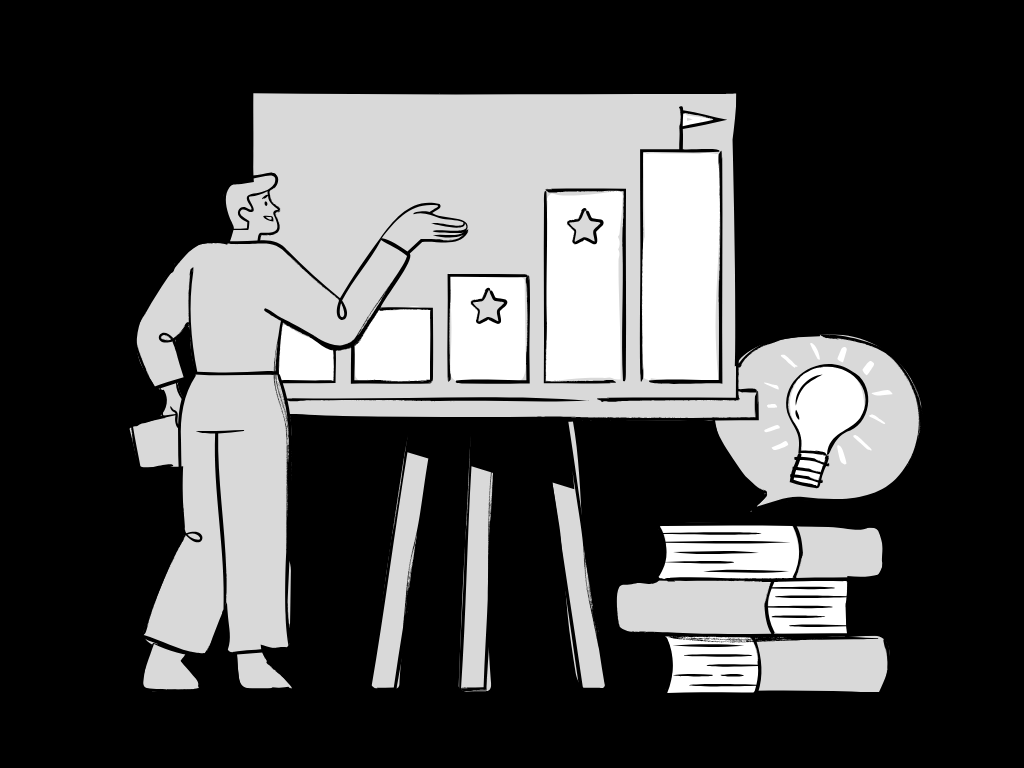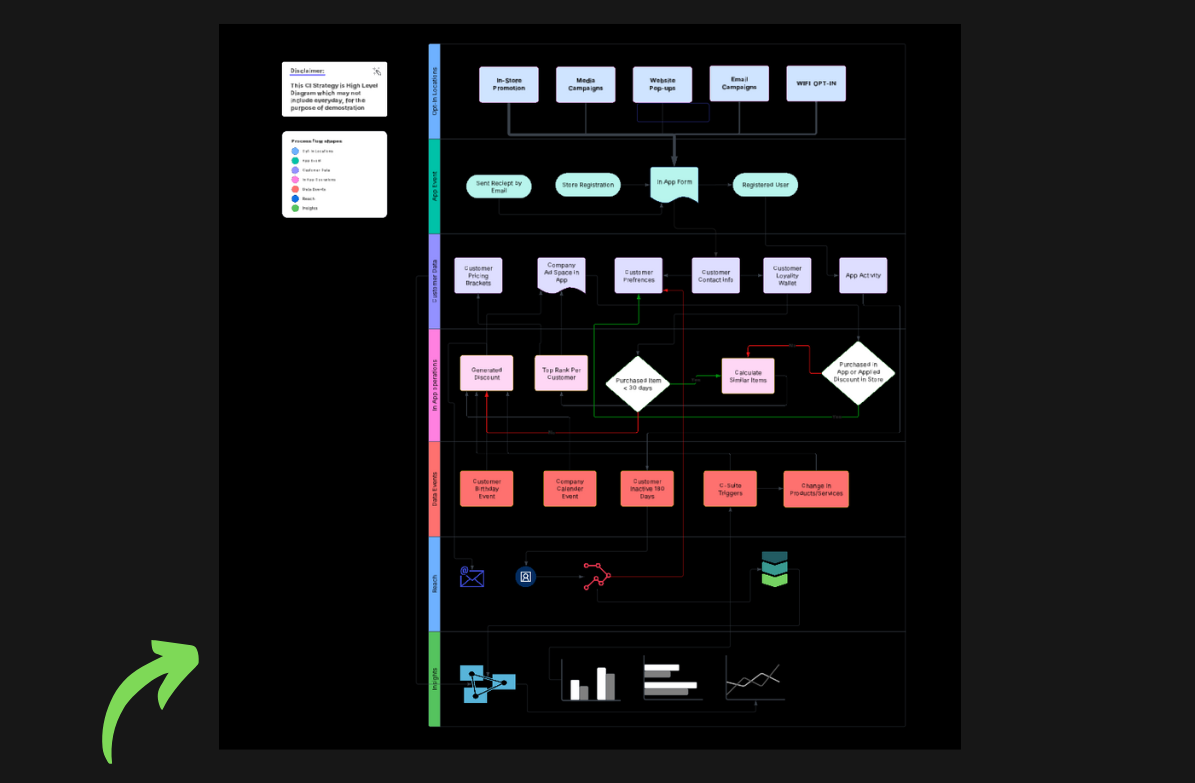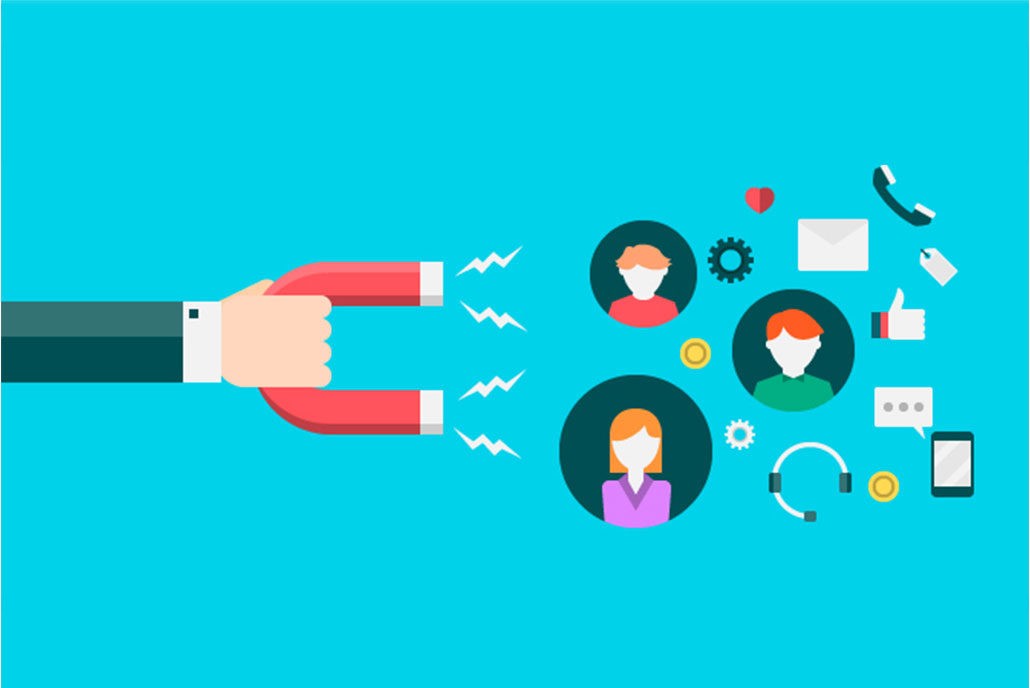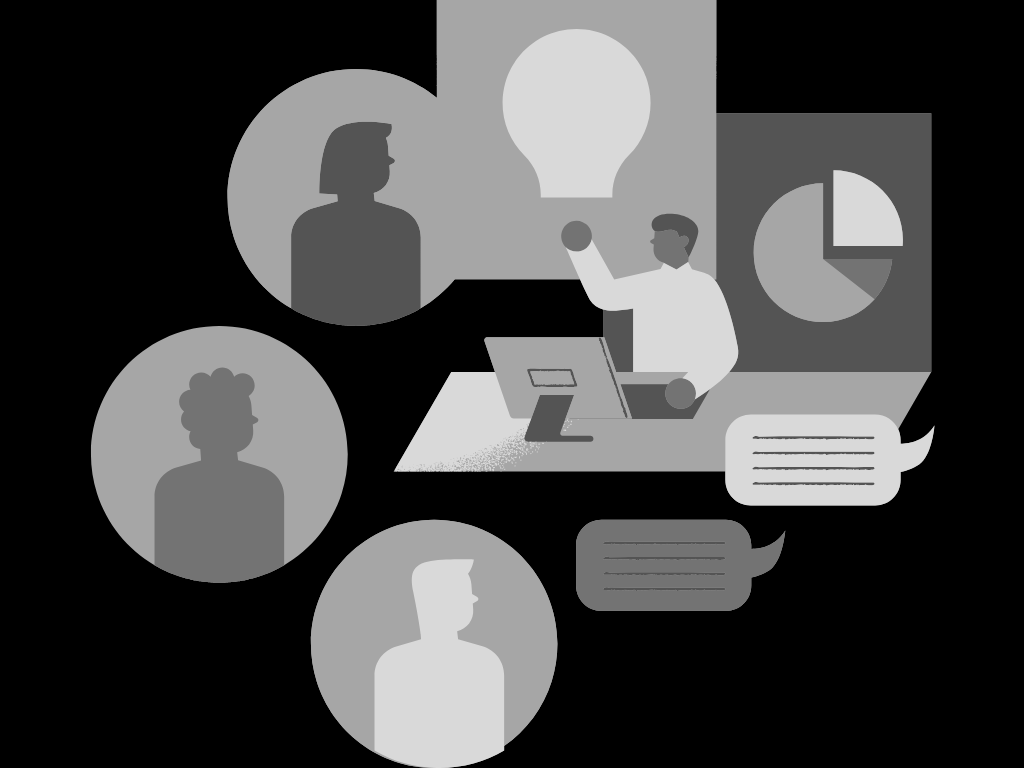Key Takeaways
- Customer retention software is essential for maintaining long-term relationships with clients and enhancing loyalty.
- The best software options are evaluated on criteria such as features, pricing, and overall effectiveness in improving customer service.
- Businesses should focus on the 3 R’s of customer retention: Retention, Reactivation, and Referral to maintain a loyal customer base.
- Effective customer feedback mechanisms can significantly enhance retention rates by aligning services with customer needs.
- Implementing loyalty programs and personalizing communications are vital strategies for improving customer retention.
- Understanding metrics such as Customer Retention Rate and Churn Rate can help businesses track their retention success.
What is Customer Retention Software?
Definition and Purpose
Customer retention software refers to tools and platforms that help businesses maintain and enhance relationships with existing customers. These software solutions focus on understanding customer behavior, providing exceptional service, and addressing customer needs effectively.
Key Features of Customer Retention Software
Common features include customer analytics, feedback collection tools, loyalty program management, automated communication, and reporting dashboards that track metrics like Customer Lifetime Value (CLV) and churn rates.
Importance for Businesses
Retaining existing customers is significantly more cost-effective than acquiring new ones. Customer retention software aids in minimizing churn and maximizing customer satisfaction, directly impacting a company’s bottom line.
What is the Best Software for Customer Service?
Criteria for Selection
Key criteria for selecting the best customer retention software include user-friendliness, integration capabilities, customer support quality, scalability, and pricing.
Top Customer Service Software for Retention
Some of the best customer retention software options include:
- Zendesk - Known for its comprehensive support ticketing system and customer interaction management.
- HubSpot Service Hub - Provides a full suite of tools for service teams to track and improve customer satisfaction.
- Freshdesk - Offers robust support features at an affordable price.
Comparison of Features and Pricing
When comparing these options, consider:
- Pricing: Review basic versus advanced features to understand value.
- Features: Evaluate tools for customer communication, feedback collection, and analytics.
- Scalability: Ensure the software can grow with your business’s needs.
What are the 3 R’s of Customer Retention?
1. Retention
Importance of Retaining Existing Customers
Retaining customers is crucial as loyal customers tend to spend more and are less sensitive to price changes. Strategies focused on retention lead to increased Customer Lifetime Value (CLV).
2. Reactivation
Strategies to Bring Back Lost Customers
Identifying churned customers and implementing reactivation campaigns, such as targeted email marketing or special offers, can effectively win them back.
3. Referral
Encouraging Satisfied Customers to Refer Others
Implementing referral programs incentivizes existing customers to recommend your products or services, leading to new customer acquisition.
What are the Best Customer Retention Strategies?
- Building Strong Customer Relationships: Fostering a personal connection with customers through engagement and communication.
- Offering Exceptional Customer Service: Ensuring quick and effective responses to customer inquiries and issues.
- Implementing Loyalty Programs: Creating rewards systems that encourage repeat purchases and build customer loyalty.
- Personalizing Communication and Experiences: Using data to tailor marketing strategies, communications, and experiences to individual customer preferences.
- Regularly Seeking and Acting on Customer Feedback: Continuously improving products and services based on customer insights.
For more effective strategies, check out this article on 5 Strategies of Customer Retention to Try Out.
How Can Customer Feedback Improve Retention Rates?
Importance of Feedback in Understanding Customer Needs
Feedback is crucial in identifying areas for improvement and aligning offerings with customer expectations.
Methods for Collecting Customer Feedback
Businesses can utilize surveys, focus groups, and direct feedback mechanisms like live chats to gather insights.
Implementing Changes Based on Feedback
It’s essential to act on the collected feedback to signal to customers that their opinions are valued and integrated into service improvements.
What Metrics are Important for Measuring Customer Retention?
- Customer Retention Rate (CRR): Measures the percentage of retained customers over a period.
- Customer Lifetime Value (CLV): Represents the total revenue expected from a customer over their lifespan.
- Churn Rate: Indicates the percentage of customers that stop using a service in a given timeframe.
- Net Promoter Score (NPS): Gauges customer loyalty by measuring the likelihood of referring the business to others.
What Role Do Loyalty Programs Play in Customer Retention?
Overview of Loyalty Programs
Loyalty programs reward customers for repeat business, encouraging long-term engagement.
Benefits of Loyalty Programs for Customer Retention
They can increase customer loyalty, enhance satisfaction, and provide valuable customer insights through engagement metrics.
Examples of Successful Loyalty Programs
Brands like Starbucks and Sephora have successful loyalty programs that reward customers not just based on purchases but also through engagement and feedback.
How Can Personalized Communication Enhance Customer Retention?
Understanding Customer Preferences and Behaviors
By analyzing purchase history and preferences, businesses can tailor communications that resonate with their audience.
Strategies for Personalized Communication
Utilizing customer segmentation and targeted messaging can significantly improve customer relationships and trust.
Impact of Personalization on Customer Loyalty
Personalized communications create a feeling of value and connection, often increasing customer loyalty and retention.
What are the Common Challenges Businesses Face in Retaining Customers?
Identifying Reasons for Customer Churn
Understanding why customers leave is crucial. This involves analyzing feedback and churn data.
Competing with Better Offers from Competitors
Businesses must remain competitive by providing unique offerings or enhancing value.
Keeping Up with Changing Customer Expectations
Continual adaptation to meet evolving customer needs is essential.
Lack of Effective Communication and Engagement Strategies
A failure to effectively engage and communicate with customers can lead to disconnection and increased churn.
By implementing effective retention tools and strategies, businesses can significantly enhance customer loyalty and drive growth. For a detailed understanding of customer retention, you can also access our retention ROI calculator to measure and optimize your retention strategies effectively.



